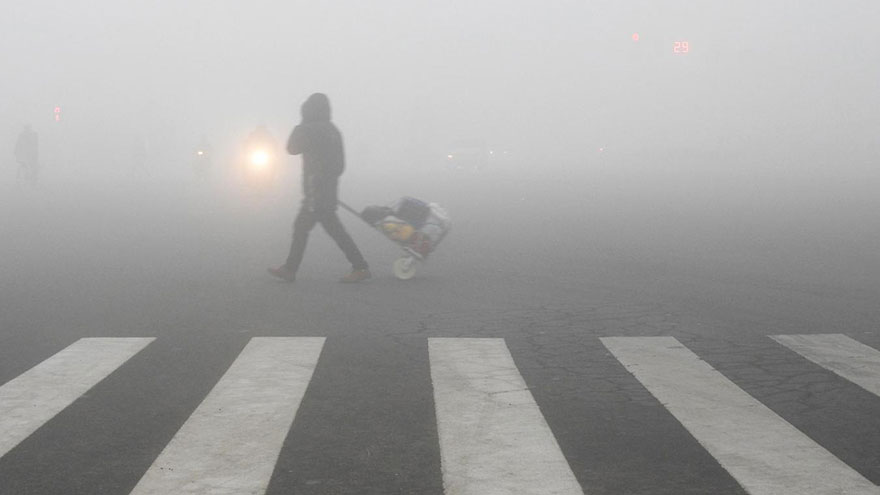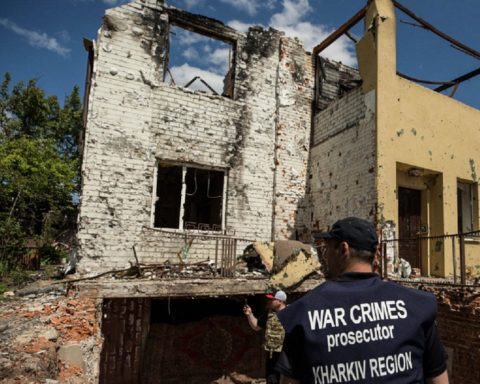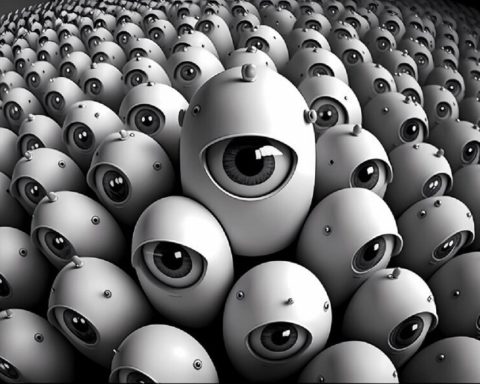We will see, in a series of three articles published this week on The Conversation France, that the definition of strict rules on conflicts of interest remains useless as long as it is not accompanied by guarantees on transparency and on the existence of safeguards in the way political decisions are made.
The four stages of health risk management
How are health and environmental risks supposed to be managed? Very schematically, we can consider that this management is done in four successive stages:
Step 1, the alert
A scientific question is asked by researchers, associations, citizens, government agencies - for example, about the cardiac effects of a drug prescribed as an appetite suppressant for diabetic patients, or about the harmfulness of a pesticide;
Step 2, research
Scientific studies based on different disciplines that can shed light on the various aspects of the problem are carried out;
Step 3, the expertise
The knowledge of the studies published at the international level is synthesized by scientists supervised by the health agencies, the "experts";
Step 4, the political decision
Finally, a risk management decision is taken at the political level. It may be to limit exposure to a substance, to prohibit the prescription of a drug globally, or for certain indications or populations at risk, to limit emissions from a polluting site or the content of an additive in food, or to change nothing.
This process is fragile and can be disrupted at each of these four stages, as illustrated by the history of health and environmental risk management. Let us first illustrate the problem of the possible emergence of conflicts of interest when scientists, and later experts, take up a file.
Minamata, 19500s
In the 1950s, in the Bay of Minamata, in the south of Japan, the director of the Chisso Company Hospital, the main health centre in the region, announced that he had observed neurological disorders that did not evoke any known pathology (walking disorders, convulsions, etc.) in a five-year-old girl, then in her sister. Similar neurological symptoms are observed in wildlife, such as bay cats (the disease is also called dancing cat disease). The alert for what will be called Minamata disease has been issued. It will lead to several years of research to identify the causal factor (which will turn out to be mercury and its organic derivative methylmercury), the route of contamination (local seafood), and the source - discharges from the Chisso factory employing hospital doctors.
A commission of inquiry was set up: the alert was therefore well received by the public authorities (although this was not enough to resolve the problem quickly). This is not always the case. In another case, in the United States in 1925, the marketing of leaded gasoline by General Motors raised fears among doctors about its toxicity. They were not heard and the debate on this issue was stifled for a long time.
"Tobacco papers"
Once the alert has been given, scientists enter the scene to verify the reality of the problem and, if necessary, characterize its magnitude, causes and possibly underlying mechanisms. Here, the process can be derailed if scientists are encouraged to fabricate a study from scratch, or deliberately falsify it. A famous example is the action of the tobacco industry. Researchers were approached, funded, and their work, which tended to minimize the health effects of tobacco, published in scientific journals. The process was unveiled, long after the fact, by the "Tobacco papers"internal tobacco industry documents that the U.S. courts have required to be published.
In other areas, it has been shown that the likelihood of a study having a conclusion in favour of the interests of an industry is significantly greater if the study has been supported by that industry than if it has been publicly funded.
It may also happen that at this stage, due to a conflict of interest, the publication of a study is prevented. This is all the easier if there is a hierarchical relationship between the researcher and agents who have no interest in the disclosure of the risk. In the course of investigations to identify the origin of Minamata disease, the doctor running the hospital had undertaken experiments in which he had fed cats food contaminated by the mill's effluents.
In these experiments, he reproduced the same neurological symptoms as those observed in the bay cats. The company's management ordered him to cease his work and not to disclose it, delaying the demonstration of the plant's guilt. He will only admit to having obtained these results, and the pressures he was under, on his deathbed.
Letters that sow doubt
This process of falsification of science is slow and cumbersome, and probably rare today. But other, less "brutal" situations may arise. For example, this may involve a selective presentation of certain results, or methodological choices that do not put the researcher in the most favourable situation to highlight a possible effect of a substance (for example, by choosing an animal model that is not very "sensitive" or by carrying out a study on a population too small to highlight an effect).
But very often, however, interventions by outside interests in the game of science are nowadays made through simple letters to the editor of scientific journals that have just published a study suggesting a harmful effect of a substance. These letters will generally cast doubt on the methodology, accusing the author of not having cited important references... The exercise is fairly simple to carry out because few studies are perfect, and because one generally dispenses with providing contradictory results.
These letters or comments can then be quoted to say that the study in question was not done as well as it should have been, or is being "debated" by scientists. This is called the daily manufacture of doubt.
"mercenaries speaking science"
If doubt is at the heart of the scientific process and is constructive when it comes from researchers specializing in the issue, driven by the desire to improve knowledge and based on a transparent and rigorous approach, it is meaningless when it is motivated by interests outside the scientific issue and propagated by "mercenaries speaking science". In this case, the practice of debating and questioning scientific results, normally internal to science, is misguided by external interests.
A recent example is an "editorial" published in 2013 by researchers, editors of toxicology and pharmacology journals, in their own journals and criticising European policy on the regulation of endocrine disrupters. The format (the editorial), and the fact that the article was signed by the editors of the scientific journals publishing it, probably bypassed the traditional peer review procedure. The editors had also refrained from declaring any conflict of interest on this subject involving many sectors of industry, which was later blamed on them. A journalistic investigation revealed that they were numerous. In spite of these rough strings, this text may have contributed to delaying the application of the law regulating the presence of endocrine disruptors in pesticides, passed in 2009, and which to date is not yet in force. still not fully implemented.
In a second article, we will show how conflicts of interest can distort the expertise process. In the third and final part of this series, we will discuss the progress that remains to be made in managing them.
Rémy SlamaDirector of Research in Environmental Epidemiology, Inserm, Grenoble Alpes University
The original text of this article was published on The Conversation.












